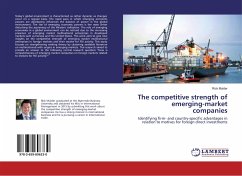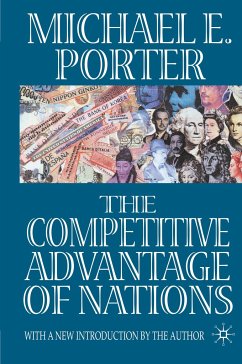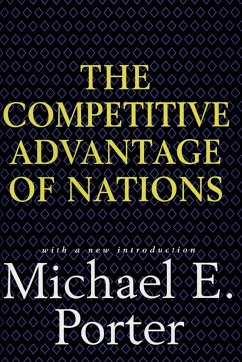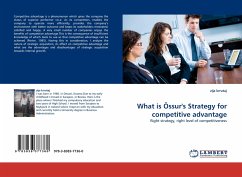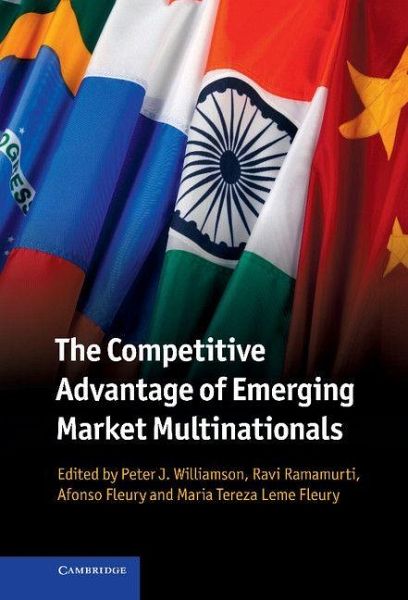
The Competitive Advantage of Emerging Market Multinationals
Versandkostenfrei!
Versandfertig in 1-2 Wochen
84,99 €
inkl. MwSt.
Weitere Ausgaben:

PAYBACK Punkte
42 °P sammeln!
Multinationals from Brazil, Russia, India and China, known as the BRIC countries, are a new and powerful force in global competition and are challenging the incumbency of much older global companies from the developed world. Emerging market multinational enterprises (EMNEs) now account for a quarter of foreign investment in the world, are a prolific source of innovation and make almost one in three cross-border acquisitions globally. Despite this, traditional theories of international business do not provide a satisfactory explanation of their behaviour or performance. The authors of this book...
Multinationals from Brazil, Russia, India and China, known as the BRIC countries, are a new and powerful force in global competition and are challenging the incumbency of much older global companies from the developed world. Emerging market multinational enterprises (EMNEs) now account for a quarter of foreign investment in the world, are a prolific source of innovation and make almost one in three cross-border acquisitions globally. Despite this, traditional theories of international business do not provide a satisfactory explanation of their behaviour or performance. The authors of this book shine new light on the rise of the EMNEs and how they have built a competitive advantage through innovation, novel configurations of their international value chains and the acquisition of companies overseas. Any manager, policy maker or researcher who wishes to understand the emergence of this new breed of multinational will find this book an invaluable resource.





